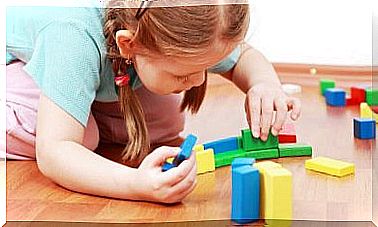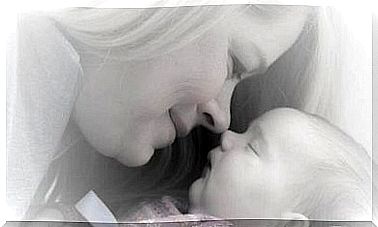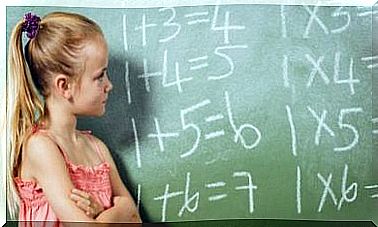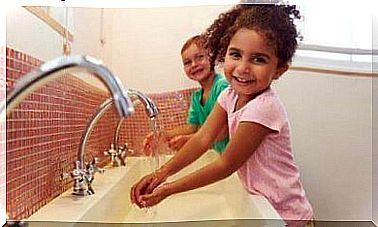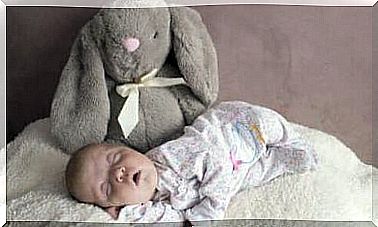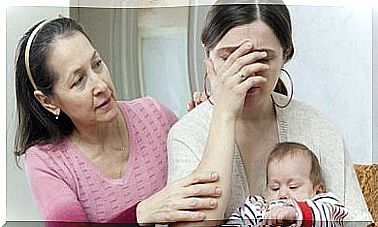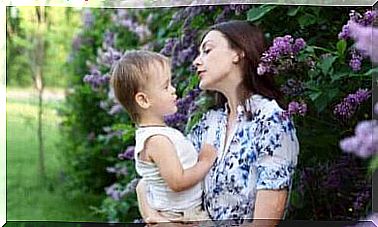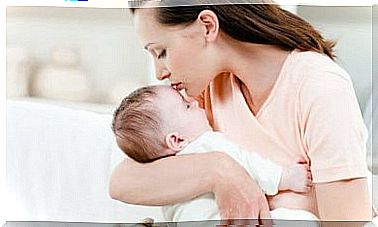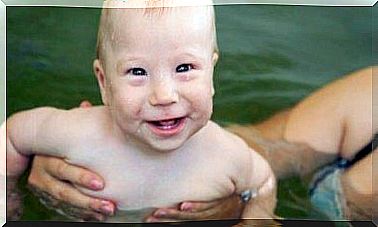Child Migraine: Causes, Symptoms And Treatment
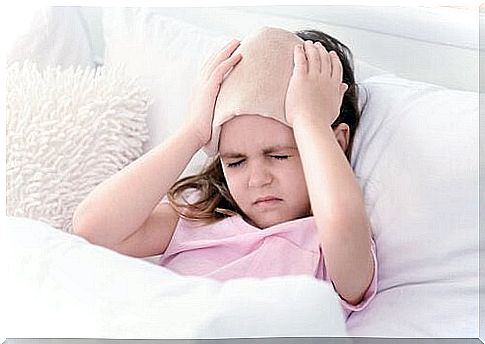
Child migraine is a painful disease that affects more children than we imagine. Therefore, it is a good idea for every parent to stay alert and be aware that their own child is also at risk for this disease. According to experts, migraines are equally common in preschool and elementary school children.
Migraine is a painful ailment, and identifying and treating symptoms as quickly as possible will help relieve the child’s pain and any other symptoms.
What is a child’s migraine?
Migraine is a neurological disease that causes moderate to severe headache attacks, most often due to a reactive disorder in the brain caused by external factors. The exact cause of migraine is not known, but according to some theories, it is due to dysfunction of the muscles that regulate blood circulation.
Migraine in many cases begins as early as school age, and its symptoms often ease as the child grows. In a large proportion of individuals, migraine is a benign and transient disorder that causes only isolated headache attacks during a lifetime, but in some patients, migraine becomes chronic.
Causes of migraine in children
As already mentioned, a migraine attack is usually triggered by some external stimulus. The most common causes of migraines are:
- Excessive viewing of a computer screen or television and playing video games
- Exhaustion, fatigue and stress
- Hormonal changes
- Sensitivity to strong odors or sounds
- Increased, bright or flickering light
- Anxiety episodes
- Vision problems
- Flu or inflammation of the ears, throat or urinary tract
- Repeated inhalation of tobacco smoke
- Lack of sleep
- Certain foods and beverages
- Certain drugs
- Poor diet and uneven eating rhythm
- Biting errors
The main symptoms of a child’s migraine
Identifying the symptoms will help you treat your child’s migraine in an appropriate way. They can also help you decide if you need to see a doctor or if you can take care of your child at home.
In this way, the child’s condition is made easier as soon as possible, and he or she does not have to suffer as much.
These main symptoms are:
- Intermittent or throbbing pain in the head.
- Moderate to severe pain on one or both sides of the head.
- Nausea, vomiting or dizziness.
- Difficulty performing daily chores.
- Physical movement aggravates the pain.
- Sensitivity to light and sound.
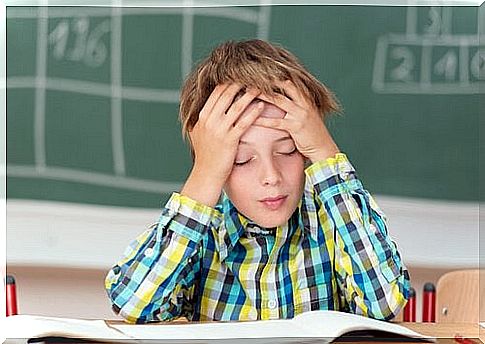
How to help a child cope with a migraine
The first treatment is to give your child the painkiller recommended by your pediatrician. The most common medicines recommended for children are ibuprofen or paracetamol.
Keep the child in bed or lying on the couch in a dark, quiet room. Put a cold, wet towel on your child’s forehead for refreshment.
Rub the child’s scalp and lightly press on his or her temples. Try to help him fall asleep, as sleeping relaxes and relieves muscle tension. Relaxation will help relieve the pain or possibly even eliminate it completely.
Practical tips for fighting a child’s migraine
It is important for you to make changes to your little one’s daily habits that may trigger daily headaches. Some of these changes may include:
- Regulate your child’s time on TV, playing video games, or sitting at a computer.
- Avoid situations that cause stress, exhaustion, or fatigue.
- Take care of your child’s healthy diet. Good nutrition will help strengthen your child’s resistance and thus also prevent infections.
- Watch for certain foods such as ripened cheeses or chocolate to trigger headaches. In such a case, the child must avoid these foods.
- If your child is old enough, make sure he or she is exercising regularly. This will help elevate his overall health.
- If your child has any medication, talk to your pediatrician about its possible side effects.
- Take your child to an expert for examination to rule out any vision problems.
- Make sure your child gets enough sleep. Adequate rest provides strength and reduces the chance of migraine attacks.
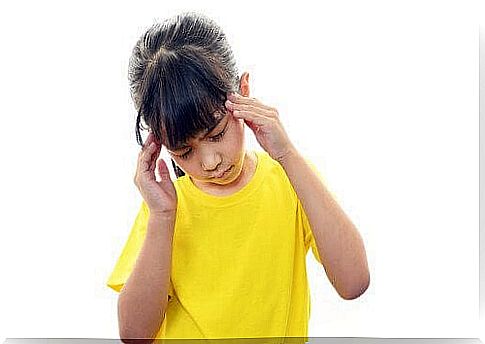
Nutrition plays an important role in a child’s migraine
Experts have found that in many cases, children’s headaches are caused by poor nutrition. Migraines can similarly be the cause of food allergies.
Therefore, it is necessary to monitor whether headaches occur after your child has eaten certain foods. It is recommended to avoid lactose, canned food, sweets, industrial pastries, overripe bananas, chocolate and ripened cheese.
At the same time, you should also add plenty of fruits, vegetables, and wholemeal bread to your child’s diet. Also, be sure to choose foods that contain magnesium to keep your little one healthy.
Don’t worry too much if your child is suffering from a migraine – it’s enough to take care of his or her well-being properly. A child’s migraines usually get better with the onset of adolescence.
